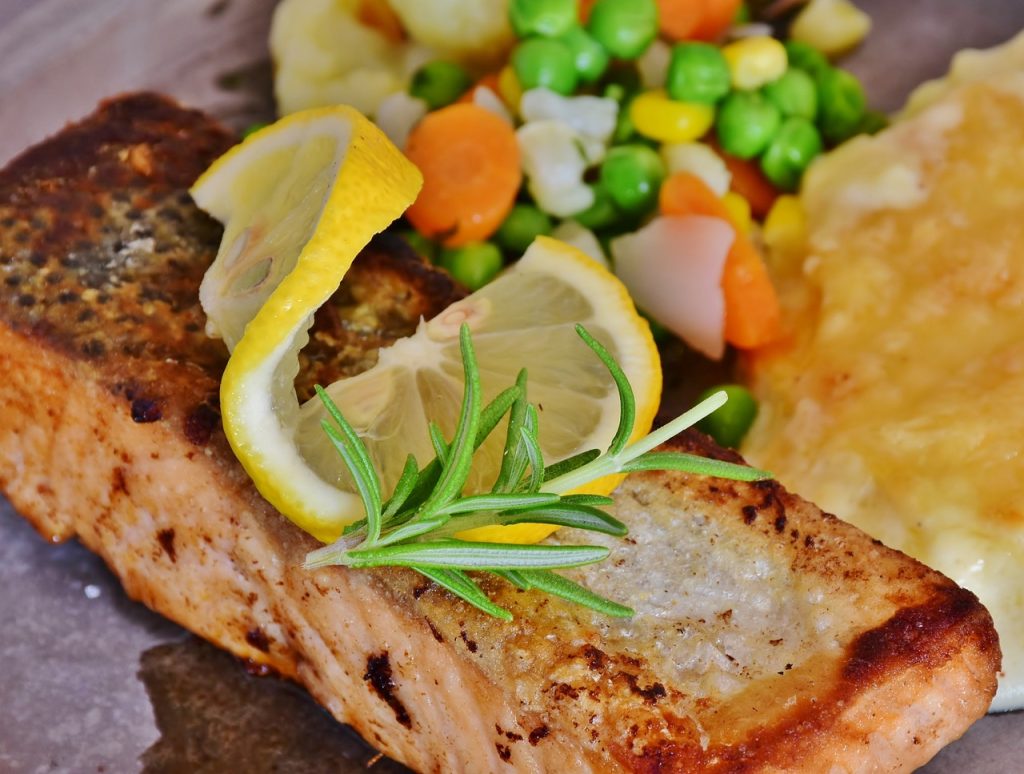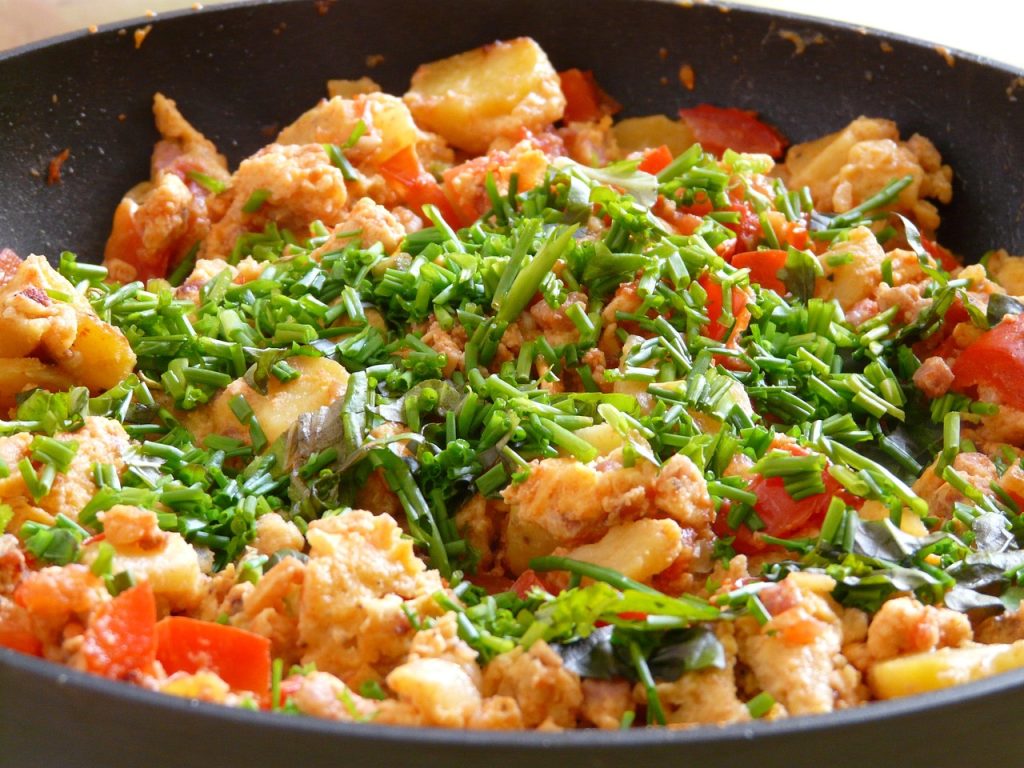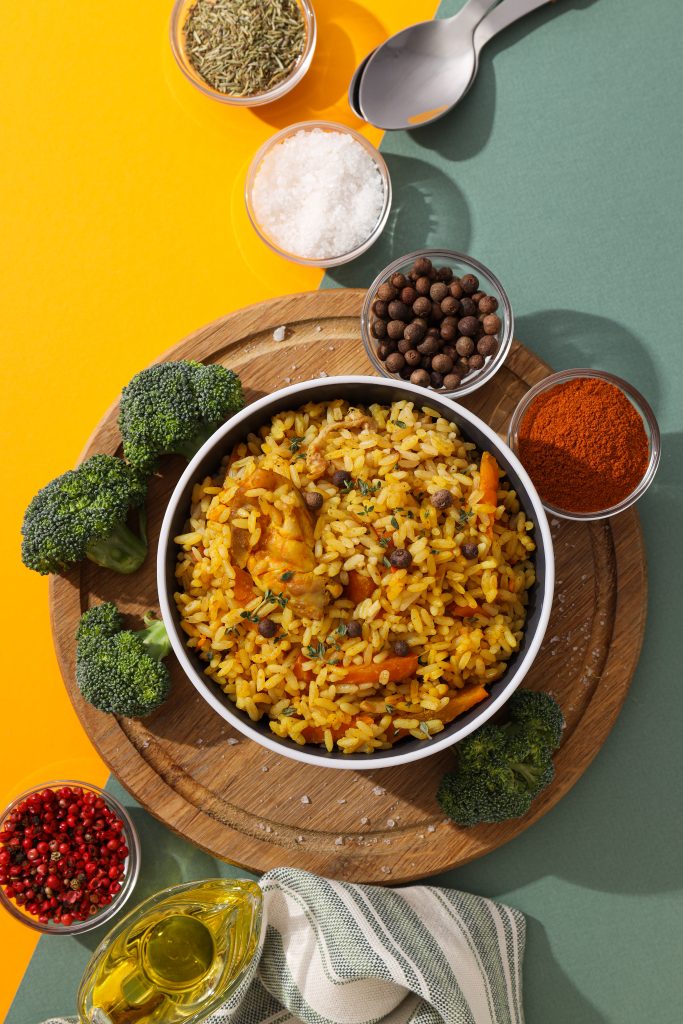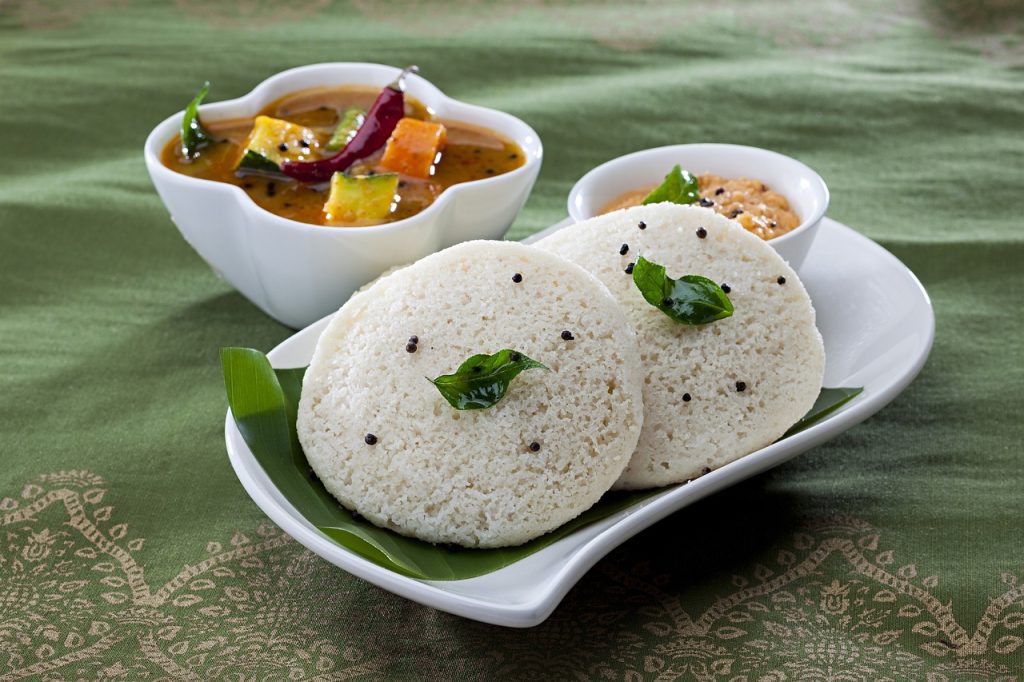Split pigeon peas, vegetables, fresh herbs, and spices make up the South Indian soup known as sambar. It is not only delicious but also healthy. My favorite soup at the moment. Also, I like good soup. Notwithstanding heaps of new fixings, the way to sambar is the mix of flavors known as Sambar Powder. By combining and grinding bengal dal, skinned urad dal, split pigeon peas, red chilies, coriander seeds, fenugreek (methi) seeds, curry leaves, cumin, peppercorn, asafoetida (hing), and turmeric, you can make your own Sambar spice blend. At an Indian market, I swindle and purchase a ready-made packet. You can likewise buy sambar powder on the web. I highly recommend starting with one tablespoon if you don’t like spicy food. There’s always room for more. You can use two tablespoons of sambar powder if you like your food to be spicier. To make Sambar, you won’t split pigeon peas, otherwise called toor dal or arhar dal. Togari bele, Congo pea, Angola pea, Red gram, No-eye pea, tropical green pea, Gungo pea, and Puerto Rico pea are all other names for this plant. Pois cajanor, or pois D’Angelo. These are referred to by their international names. Split pigeon peas are split legumes with a hull that break down quickly and cook nicely to a thick consistency. Pigeon peas not only thicken the soup, but they also supply a significant amount of dietary fiber, plant protein, and the essential amino acids tryptophan, methionine, and lysine. My Number one Hobby) Part pigeon peas are utilized broadly in both Africa and India to make sauces, soups, and stews. They are also used to make tempeh, dal, and sambar. The split pigeon peas are my favorite to cook in a pressure cooker. The primary reason for this is that they always come out perfectly, but it also makes the process extremely simple and quick. Simply mash them until they are smooth once they have been cooked. These split pigeon peas give a lot of body and goodness to this Indian soup. Fresh vegetables are the next ingredient. There are a lot of different vegetables you can use, but I like to use onion, carrot, zucchini, eggplant, tomato, moringa, and okra. You can use all of them, as I do, or just a portion of them. Moringa is often referred to as a vegetable drumstick if you have never used it. Sometimes I can’t even get moringa. At different times, I can get it, however, it doesn’t look extremely new and green. In any case, moringa is a customary vegetable utilized in sambar. Using a sharp knife or vegetable peeler, simply cut the stringy exterior into 2-inch pieces. The split pigeon peas are cooked in the pressure cooker while the vegetables are sautéed in a pot. This sambar is a breeze because they are both prepared at the same time. The most important thing is to cook the vegetables until they are tender. This procedure might take about 15 minutes. The liquid that is used to make the soup itself is the next ingredient. Because there is no salt in my Umami Vegetable Broth, I enjoy using it. Also, because the stock contains kitchen scraps, it’s essentially free. You can also use water if you don’t have any vegetable broth on hand. Your decision is final. Tadka, which translates to “tempering,” is the final step. Spices are frequently used in Indian cuisine and are added to dishes after being briefly heated in hot oil or ghee. Typically, it is done at the start or end of the cooking process. The tempering process for Sambar is finished at the end. Black mustard seeds, cumin seeds, fenugreek seeds (also known as methi seeds), curry leaves, and hing (also known as asafoetida) are used to flavor the dish. Therefore, I must agree with you here. You need a little oil to successfully control your temper. Avocado oil is my go-to. I’ve tried making Sambar without oil, but it doesn’t come out right. The result is toasted seeds and leaves, but the flavors and results are not the same. Additionally, rather than miraculously remaining on the surface, the seeds frequently sink. I’ve discovered that a tiny amount of oil makes a very aromatic blend that makes this Sambar a masterwork. I hope you find this Sambar to be as enjoyable as I do. Fixings:- 1 cup split pigeon peas (toor dal).1/4 teaspoon ground turmeric.3 mugs of water.1 onion cleaved.1 chopped carrot.12 cups of chopped zucchini.12 cup chopped eggplant.1 enormous tomato slashed.1 moringa vegetable drumstick (discretionary).2-3 chopped okras (optional).3 to 4 cloves of minced garlic, 1 tbsp.4 cups of Umami Vegetable Stock.1 to 2 teaspoons sambar powder.1 teaspoon of tamarind paste1 tablespoon of brown sugar, jaggery, coconut sugar, or date sugar.12 teaspoons of red Kashmiri chili powder.Optional: 1 teaspoon avocado oil.Black mustard seeds, 1/4 teaspoon.12 teaspoons cumin seeds.12 teaspoon fenugreek methi seeds.10 curry leaves.one-fourth teaspoon asafoetida.optional salt and pepper to taste.cleaved cilantro to decorate. The steps are as follows: note:-This sambar can also be made with 12 cups of split pigeon peas, 14 cups of split mung beans, and 14 cups of split red lentils.


















